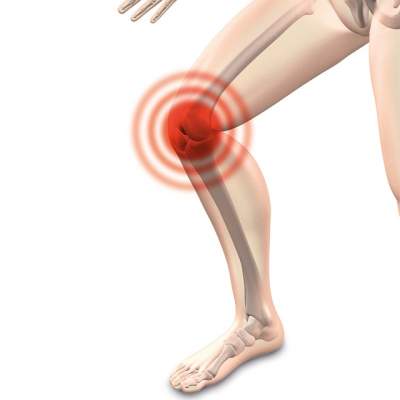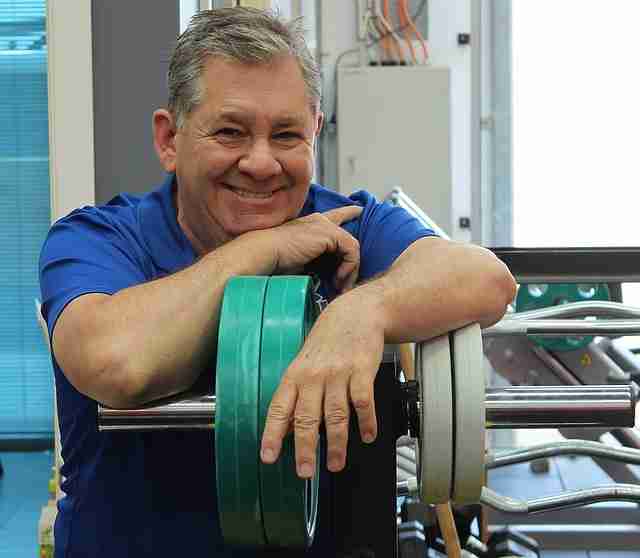Apply Grants
August 24, 2018
0
Stem Cell Therapy-Stem Cells Derived Neurons May Cure Spinal Cord Injuries
Stem Cell Therapy For Spinal Cord Injury: Over the past few years, stem cells have evolved as a promising therapeutic source, traversing those previous concepts of inability to treat irreparable neural injuries.stem cell therapy for spinal cord, spinal cord injury treatment with stem cell therapy.
The anecdotes of medical history are an example of why modern medicines were not able to treat the issues of spinal cord injuries, leaving thousands of patients paralyzed and causing them the loss of functional abilities.stem cell therapy for spinal cord, spinal cord injury treatment with stem cell therapy
Why Spinal Cord Injuries Still Untreatable With The Modern Medicinal Therapy?
There are various reasons that contribute to the paralysis of these patients and influence the restoration of their physical movement and independent physical control. One of the key reasons why spinal cord injury cannot be treated as no catalysts work properly to cultivate new neurons, responsible to develop and strengthen the spinal cord. embryonic stem cell treatment therapy for spinal cord injury, stem cell therapy for spinal disorder.
Besides that, regenerating new tissues for the damaged spine requires a donor to implant the newly developed tissue, which is not feasible for many for being a costly surgical affair. Other than this, the regenerative stem cell therapy for the new spinal tissue development did not see much success. Hence, foraying into this venture for the researchers is quite risky.
However, stem cell-based therapy seems quite promising for spinal cord injuries at this point of time.
In order to activate the motor functions, it requires addressing the regeneration of the corticospinal tract (CST) in the rodents. CST is an important region of the spine that develops the communication process with the brain. Upon failing to establish a communication with the brain, it leads to loss of motor functions. Well, this is an important aspect of treating spinal cord injury, which is still infeasible for many researchers. stem cell therapy for spinal cord treatment, stem cell for spine injuries,
Read-
Read-
However, researchers have claimed to reverse the negative effect of the spinal cord injury that inhibits the growth of new neurons. They have discovered a new method of inducing ‘generic’ human stem cells that can differentiate into stem cells more specific to the spinal structure.
New Technique Of Cell-Based Therapy For Spinal Cord Injury
Earlier, multipotent cells, a kind of progenitor cell-based CST graft trials were in use to address spinal cord injury. For not being true stem cells, the strategy did not yield potential results.
However, these days, human embryonic stem cells or induced pluripotent stem cells are used as a key source for this health complication. These cells are reprogrammed to regenerate CST, and also other needed spinal cord tissues required to replace the damaged spinal tissues in the spinal cord.
Read-
Read-
At the same time, the study focused that these neural stem cells are more capable of developing different types of neurons via differentiation process. Although this finding works in a certain eligible model, it raises hopes that stem cell-based neurons are capable of growing damaged or missing spinal cord tissues.
In the study, the researchers influenced stem cells to regenerate ‘customized spinal graft’ for transplantation in the subjects.
How The Researchers Proved The Effectiveness Of The Study?
The CST based grafts were well integrated with pre-existing spinal tissues, consisting of various inputs related to neural connections specific to the location. This reprogramming of the neural system aimed at influencing peripheral functions like movement under normal conditions. However, it was only possible if the grafts were able to make a differentiation between the dorsal and ventral parts of the spine, responsible to send communication signals to the brains in an average healthy spine.
The study was successful to establish the capability of the grafts to facilitate this behavior in the models, and restore their motor skills.
This new discovery is awaiting the approval to be used in the real world treatment.
Since it is a successful discovery of the regeneration of neural stem cells for spinal cord injuries; we can look forward to use the same technique to be used for other spinal disorders too.
stem cell therapy for spinal cord injury disorder and joint disorder, embryonic stem cell treatment therapy for spinal cord injury, stem cell therapy for spinal cord, spinal cord injury treatment with stem cell therapy.



















